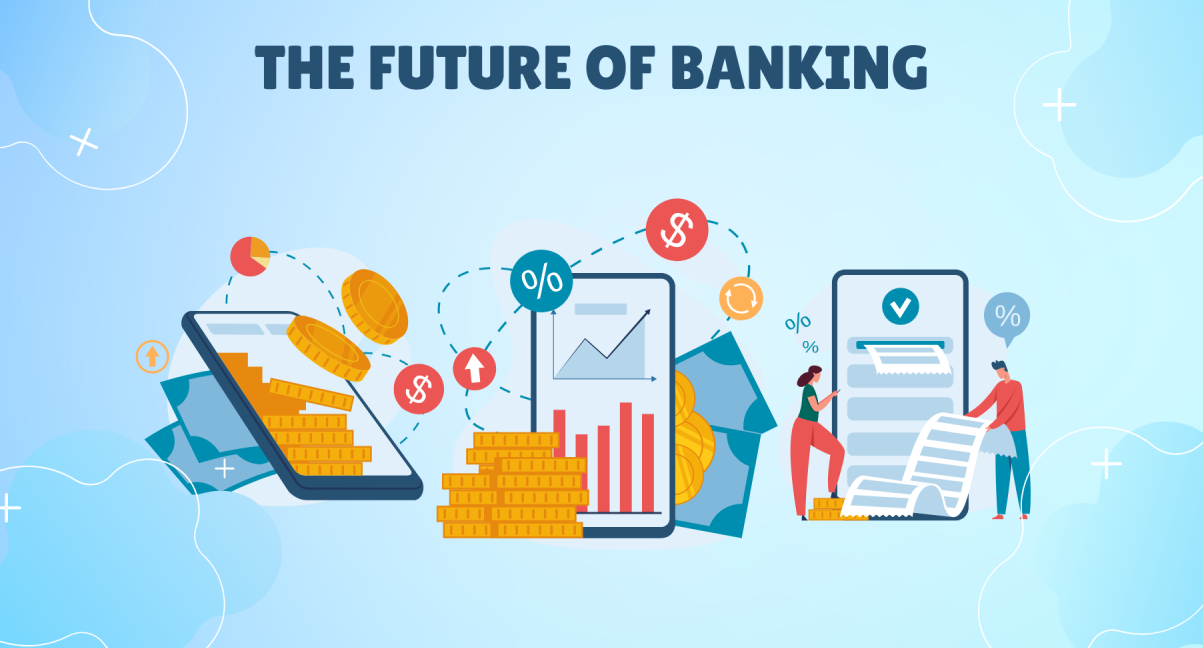In recent years, the banking industry has undergone a significant transformation, driven by rapid advancements in technology. As digital innovation continues to reshape the landscape, banks are evolving to meet the changing needs and expectations of customers. This article explores how technology is revolutionizing the banking sector, highlighting key trends and their implications for the future.
Digital Banking Revolution
One of the most noticeable changes in the banking industry is the shift towards digital banking. With the proliferation of smartphones and high-speed internet, customers now have the power to manage their finances from the palm of their hands. Mobile banking apps and online platforms offer unprecedented convenience, allowing users to perform transactions, check balances, and access a wide range of services without visiting a physical branch.
Fintech Disruption
Financial technology, or fintech, companies are playing a pivotal role in redefining banking services. These agile startups are leveraging technology to offer innovative solutions that challenge traditional banking models. From peer-to-peer lending platforms to digital wallets and robo-advisors, fintech is providing consumers with more choices and personalized experiences. Banks are responding by partnering with or acquiring fintech firms to enhance their service offerings and remain competitive.
Artificial Intelligence and Machine Learning
Artificial Intelligence (AI) and Machine Learning (ML) are transforming how banks operate and interact with customers. AI-powered chatbots and virtual assistants are improving customer service by providing instant support and personalized recommendations. Machine learning algorithms are enhancing fraud detection and risk management by analyzing vast amounts of data to identify suspicious patterns. These technologies enable banks to streamline operations, reduce costs, and deliver more secure and efficient services.
Blockchain and Cryptocurrencies
Blockchain technology and cryptocurrencies are poised to have a significant impact on the banking industry. Blockchain, a decentralized and secure ledger system, offers increased transparency and efficiency in transactions. Banks are exploring its potential to streamline cross-border payments, reduce settlement times, and enhance security. Meanwhile, the rise of cryptocurrencies is prompting banks to consider integrating digital currencies into their offerings, potentially transforming how money is exchanged and stored.
Open Banking and API Integration
Open banking is a trend that promotes the sharing of financial data between banks and third-party providers through Application Programming Interfaces (APIs). This approach fosters innovation by enabling developers to create new financial products and services. Customers benefit from increased competition and access to a broader range of financial tools. As open banking gains traction, banks are embracing collaboration to deliver enhanced customer experiences and unlock new revenue streams.
Enhanced Security and Privacy Measures
As technology advances, so do the threats to data security and privacy. Banks are investing heavily in cybersecurity measures to protect customer information and prevent data breaches. Biometric authentication, such as fingerprint and facial recognition, is becoming more prevalent, offering an extra layer of security. Additionally, banks are implementing advanced encryption techniques and multi-factor authentication to safeguard sensitive data.
The Road Ahead
The future of banking is undoubtedly digital, with technology continuing to drive innovation and reshape the industry. As banks adapt to this new reality, they must focus on delivering seamless, secure, and personalized experiences to meet evolving customer expectations. By embracing emerging technologies and fostering collaboration with fintech firms, banks can position themselves for success in the dynamic landscape of modern finance.
In conclusion, technology is not just changing the banking industry; it is revolutionizing it. The institutions that embrace this change and leverage technological advancements will thrive in the future, while those that resist may find themselves left behind. As we move forward, the integration of cutting-edge technologies will pave the way for a more efficient, accessible, and customer-centric banking environment.
